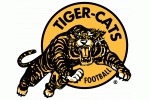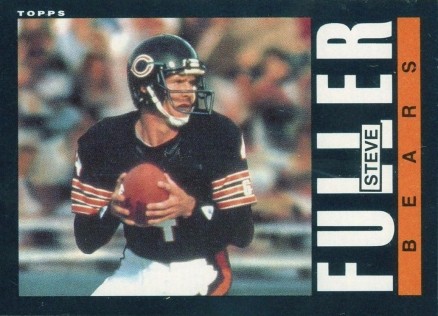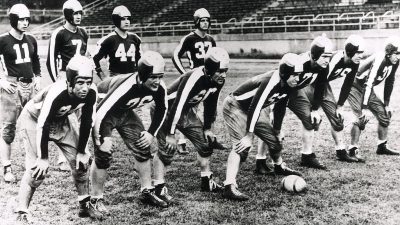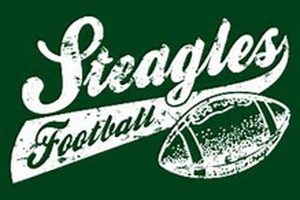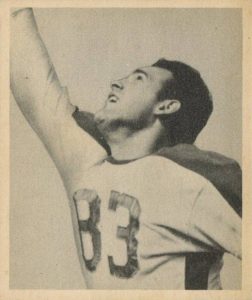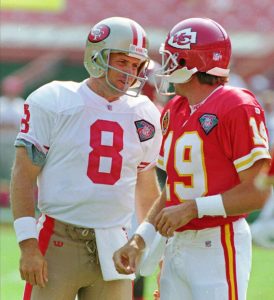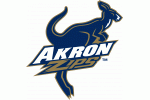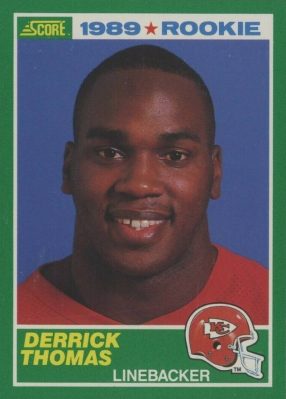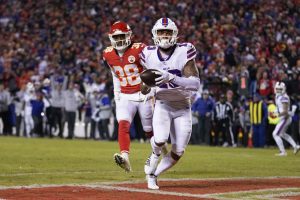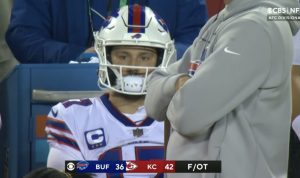It’s week 9 of the NFL season, and a matchup on this week’s schedule has the Miami Dolphins squaring off with the Chicago Bears. For our weekly Throwback Thursday feature we’ll land on a game played between these clubs on December 2, 1985. This was a magical season for the Bears. It culminated in a dominating Super Bowl win over New England and along the way introduced America to a wild cast of characters. There was brash coach Mike Ditka and his salty defensive coordinator Buddy Ryan. There was the defiant punk quarterback, Jim McMahon, who taunted commissioner Pete Rozelle by wearing a headband with a corporate logo on it from Adidas, a violation of the league’s strict dress code. After being fined for the violation, he wore a headband that said “Rozelle” on it the next week. He also mooned a helicopter flying over a Bears’ practice during Super Bowl week. The defensive unit was loaded with crazy characters. They included wild-eyed middle linebacker Mike Singletary, future pro wrestler Steve McMichael, and most notably, the lovable William “The Refrigerator” Perry, a plump giant who captured the nation’s affection when Ditka lined him up on offense and allowed him to score touchdowns at the goal line. The players also made a video called the “Super Bowl Shuffle” in which they danced and rapped their way to a Grammy.
Chicago’s wild bunch finished the regular season with a dominating 15-1 record, then shut out 2 playoff opponents before demolishing the Patriots 46-10 in the big game. The game we’re featuring, on that December Monday night, was the only blemish on their record. The Dolphins, of course, are the only NFL team to ever accomplish the feat of going through an entire season undefeated, which they did in 1972 when they went 17-0 overall and won their first Super Bowl. On this night, there were members of that undefeated team on hand for the game, and of course, coach Don Shula, who orchestrated the perfect season, was still coaching the Dolphins. So in effect the Dolphins, and young third year quarterback Dan Marino, were protecting the legacy of the ’72 team in facing the 12-0 Bears.
Marino and the Dolphins never appeared intimidated at all by the vaunted Chicago defense. Marino opened the scoring with a 33 yard touchdown pass to veteran Nat Moore. The Bears then tied the game when quarterback Steve Fuller, who started in place of McMahon who was nursing a shoulder injury, ran in from a yard out. Miami’s defense held the Bears to a field goal while racking up 24 points prior to halftime to lead at the break by an astonishing 31-10. The scoring outburst included a field goal, a pair of 1 yard runs by Ron Davenport, and another Marino to Moore touchdown pass, this time a short 6 yarder. Fuller valiantly tried to bring his team back into the game in the third quarter. He scored himself on another 1 yard run and threw a 19 yard scoring pass to Ken Margerum, but Marino countered those with a 42 yard bomb to Mark Clayton for his third touchdown pass of the game. The scoring ended after the third quarter, and Miami’s 38-24 lead held up as the final score.
The Dolphin defense did a number on Fuller and the Bears with 6 sacks and 3 interceptions, but the real surprise of the night was the ease with which Marino was able to carve up the Bear defense. The loss didn’t faze the Bears much as they didn’t lose another game the rest of the season, but on this night, Shula and the rest of those proud 1972 Dolphins were able to pop the champagne bottles and celebrate, as their mark of the only club to attain perfection remained intact.
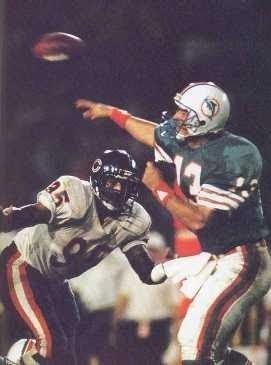
Marino throws avoiding Bears’ Richard Dent
